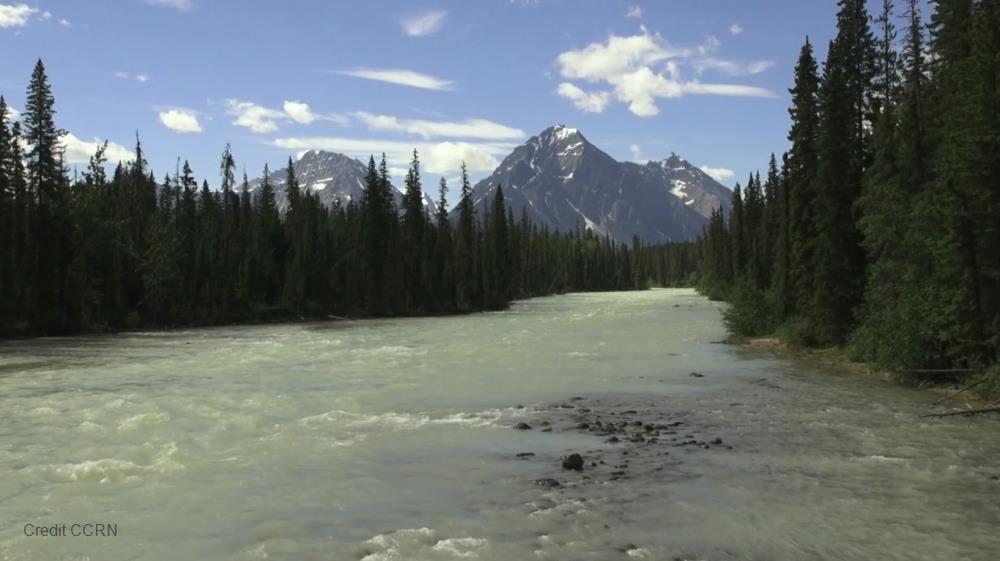
Related items loading ...
Section 1: Overview
Name of Research Project
|
Related Project
|
Part
|
|
GWF-NGS: Next Generation Solutions for Healthy Water Resources
|
|
|
|
|
|
|
|
Program Affiliations
Related Research Project(s)
|
GWF-NGS: Next Generation Solutions for Healthy Water Resources | |
Dataset Title
Environmental DNA and RNA data at University of Waterloo Laboratory & Bauman Creek
Additional Information
Creators and Contributors
|
Mark Servos | PI | mservos@uwaterloo.ca | University of Waterloo |
Heather Ikert | Originator | hikert@uwaterloo.ca | University of Waterloo |
Leslie Bragg | Point of Contact | leslie.bragg@uwaterloo.ca | University of Waterloo |
Hadi Dhiyebi | Point of Contact | hdhiyebi@uwaterloo.ca | University of Waterloo |
Paul Craig | Collaborator | pcraig@uwaterloo.ca | University of Waterloo |
John Giesy | Collaborator | john.giesy@usask.ca | University of Saskatchewan |
Barb Katzenback | Collaborator | barb.katzenback@uwaterloo.ca | University of Waterloo |
Michael Lynch | Collaborator | michael.lynch@uwaterloo.ca | University of Waterloo |
Abstract
Fieldwork (Bauman Creek, Cambridge, ON) - Data was collected in four sections of the creek (uncovered, wooded/shaded, brook trout only, and no fish) in three seasons summer (July 2018), fall/winter (November 2018), spring (May 2019). Water chemistry measurements with a YSI multimeter (pH, temperature, suspended solids, dissolved oxygen, conductivity) were collected. One litre water samples were collected and DNA and RNA will be extracted from the water. Fish weights, lengths, IDs were also collected alongside the water samples. To identify and quantify DNA and RNA, quantitative polymerase chain reaction (qPCR), reverse transcription-qPCR (RT-qPCR), or sequencing will occur. DNA will be used to identify the fish species, RNA will be used to identify the health of the fish.
Experimental tanks will be set up with one of three trout species (brook, brown, or rainbow) in control or treatment (+5C, 60% dissolved oxygen or both) tanks in the lab (Dr. Paul Craig Lab, University of Waterloo). Water chemistry measurements with a YSI multimeter (pH, temperature, suspended solids, dissolved oxygen, conductivity) will be collected. One litre water samples will be collected weekly and tissue will be collected at the end of the 21 day experiment. DNA and RNA will be extracted from the water, and RNA will be extracted from the tissue. To identify and quantify DNA and RNA, quantitative polymerase chain reaction (qPCR), reverse transcription-qPCR (RT-qPCR), or sequencing will occur.
Purpose
This research aims to study the effects of climate change stressors (temperature & hypoxia) on the rates of shedding and degradation of environmental DNA of brook, brown, and rainbow trout (Salvelinus fontinalis, Salmo trutta, and Oncorhynchus mykiss). Additionally, microRNA will be collected from the water to determine if there is a link between fish stress levels and changes in microRNA present in the aquatic environment. This data set is collected for the Pillar 3 project titled "Next Generation Solutions to Ensure Healthy Water Resources for Future Generations", under the Global Water Futures Program funded by Canada First Research Excellence Fund. This researcher is co-supervised by Drs. Barbara Katzenback and Paul Craig.
Plain Language Summary
Keywords
|
Amphibians |
Bauman Creek, Cambridge, ONUniversity of Waterloo, Waterloo |
Citations
Servos, M., Ikert, H., Katzenback, B., Lynch, M., Giesy, J., & Craig, P. (2019). Environmental DNA and RNA data at University of Waterloo Laboratory & Bauman Creek. Waterloo, Canada: Canadian Cryospheric Information Network (CCIN). (Under review).
Section 3: Status and Provenance
Dataset Version
Dataset Creation Date
Status of data collection/production
Dataset Completion or Abandonment Date
Data Update Frequency
Creation Software
Primary Source of Data
Other Source of Data (if applicable)
Data Lineage (if applicable). Please include versions (e.g., input and forcing data, models, and coupling modules; instrument measurements; surveys; sample collections; etc.)
Section 4: Access and Downloads
Access to the Dataset
Terms of Use
Does the data have access restrictions?
Downloading and Characteristics of the Dataset
Download Links and Instructions
Total Size of all Dataset Files (GB)
File formats and online databases
Other Data Formats (if applicable)
List of Parameters and Variables


 GWFNet
GWFNet Master
Master Data
Data Research
Research Map
Map
 Advanced
Advanced Tools
Tools
 . . .
. . .
 Metadata Editor
Metadata Editor
 Record List
Record List
 Alias List Editor
Alias List Editor
 Legacy sites
Legacy sites